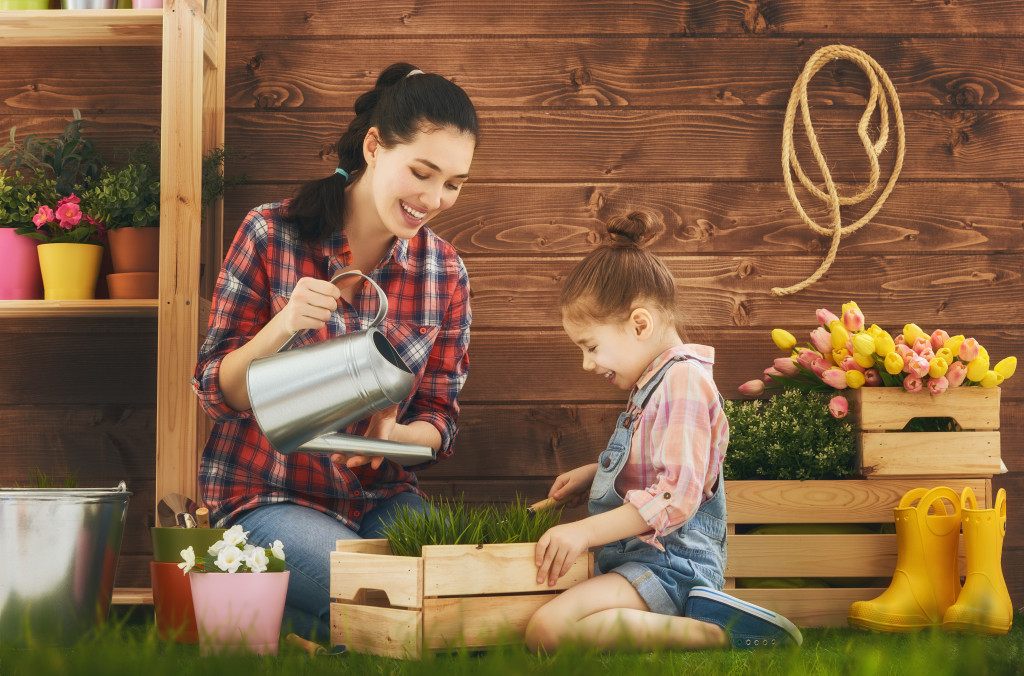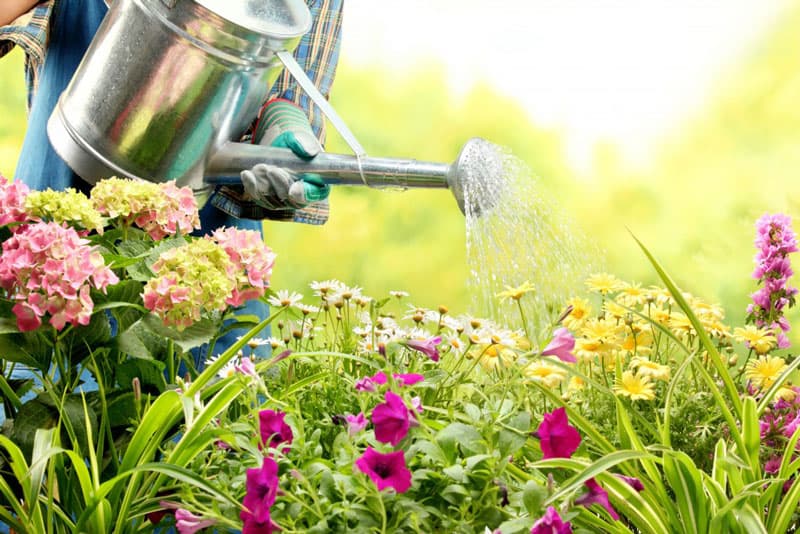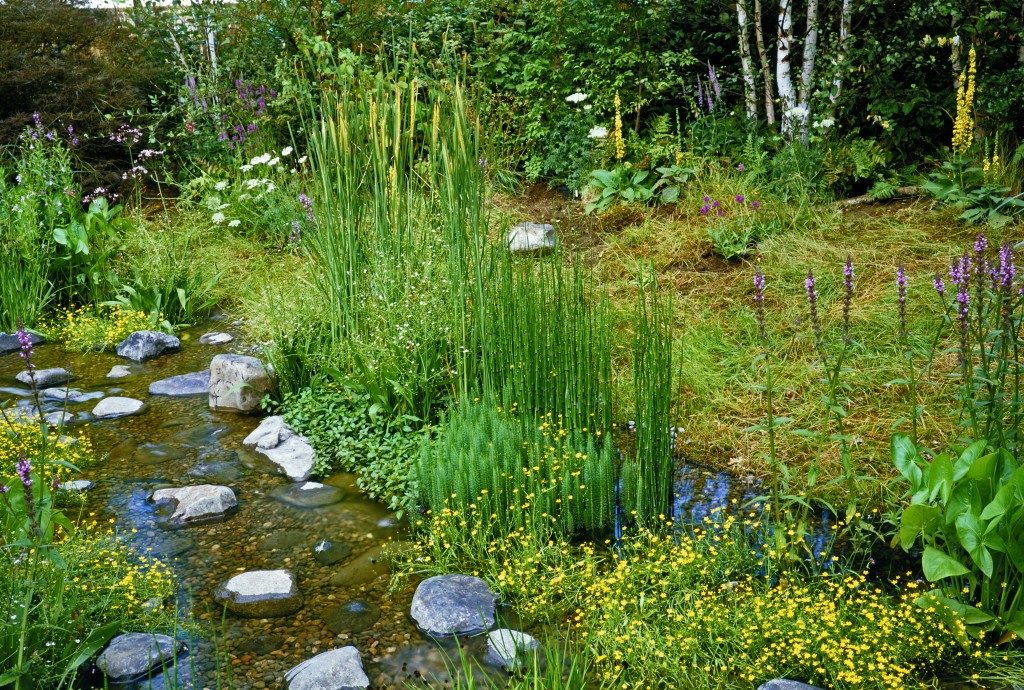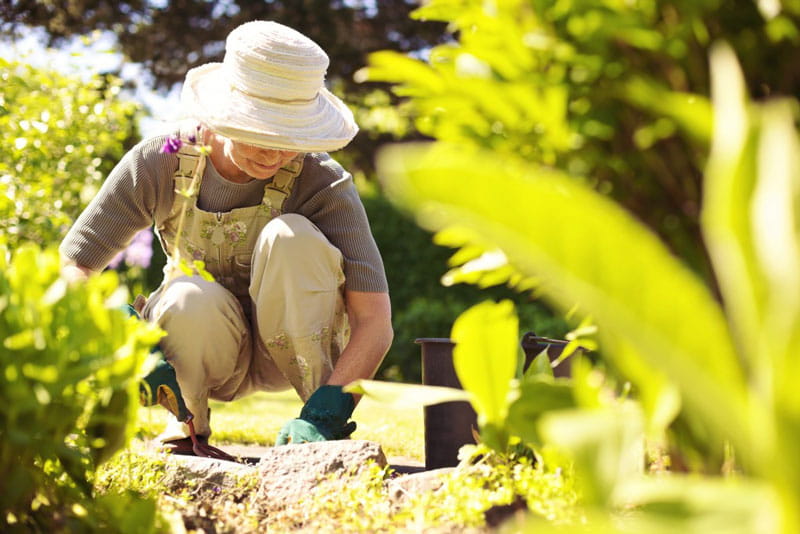- Start by teaching kids gardening basics with simple projects like planting vegetables or herbs.
- Use kid-sized tools and safety equipment to teach children about gardening safely.
- Talk to kids about the importance of environmental care, such as tree planting and composting.
- Incorporate creative ideas in the garden, like fairy or vegetable gardens in the shape of animals.
- Gardening promotes physical activity and interaction with nature and builds responsibility and patience.
Planting and gardening are valuable skills that every child should learn. Apart from being a fun activity, it teaches children the importance of caring for the environment, patience, and responsibility.
Many parents are unsure where to start, so we are here to guide you through introducing gardening to your kids. This blog post will cover some tips that you can use to make it a fun and educational experience for your children.
Start simple
Before diving into complex gardening projects, teach your kids the basics. Start with simple planting ideas that they can accomplish. For instance, you can teach your children how to plant vegetables like lettuce or herbs such as basil. These plants are easy to grow and maintain, making them a great starting point for first-time gardeners.
Get the right equipment
Getting the right equipment is essential when teaching children about gardening. Make sure that you have the right-sized tools for your children. Kids’ gardening tools are smaller than adults, making them easier to use.
Also, ensure the equipment is safe for your children to use. You can find special safety gloves and garden shears for kids.
Teach them about the environment
One of the main benefits of gardening is teaching children about the environment. Use this opportunity to talk to your children about the importance of environmental care. You can explain the importance of planting trees, conserving water, and reducing pollution.
Moreover, you can teach them about composting and its positive environmental impacts. This will make gardening more engaging for your children, as they will feel they are making a real difference in the world.
Make it fun
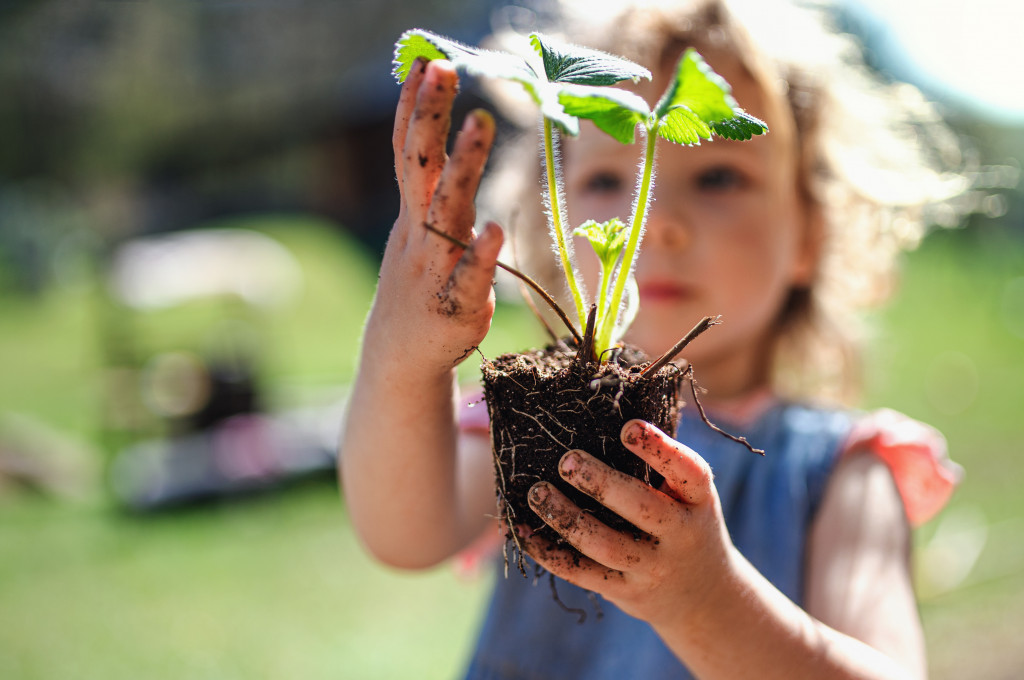
It’s essential to make planting fun and engaging for young children so they remain interested throughout the process. One creative way to encourage their enthusiasm is to search for unique garden room ideas that spark their imagination.
Maybe they would like a fairy or vegetable garden in the shape of their favorite animal. By involving them in the planning and execution of the project, they can exercise their creativity and develop a sense of ownership in their garden.
What are the Benefits?
There are numerous benefits to teaching children how to plant. As a parent, teacher, or guardian, teaching children to grow is more than just a fun way to pass the time. It is an enriching activity that can lead to a lifetime of benefits. From promoting physical activity to encouraging interaction with nature, planting helps children develop skills that can serve them well in the future. I
Promotes Physical Activity
Planting is a great way to get kids moving and to keep them active. Digging holes, carrying pots, and watering are all physical activities that kids can enjoy while planting. Plus, digging is a great exercise form as it helps develop strength and endurance. By teaching kids how to grow, they are more likely to view physical activity as fun, which can set healthy habits for life.
Encourages Interaction with Nature
Planting is an excellent way to get kids interacting with nature. As they plant, children learn about different flowers, trees, and fruits. They also develop an appreciation for the environment and learn how to care for the planet. This interaction with nature can make kids more environmentally conscious and create a sense of responsibility for the earth.
Builds Responsibility
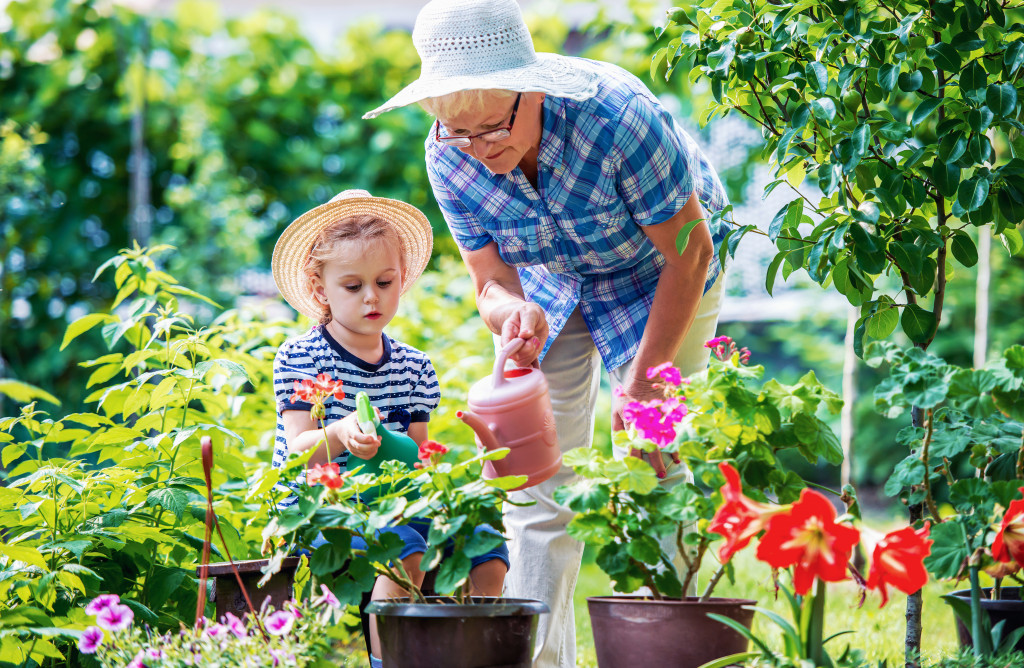
Planting requires a sense of responsibility. Kids must water the plants, remove weeds, and provide enough sunlight. Teaching kids how to plant encourages them to take ownership and responsibility for their garden. This skill can be applied in their personal lives, whether remembering to feed a pet or completing a task on time.
Develops Patience and Perseverance
Planting is not an instant gratification activity. It takes time and effort to see the fruits of your labor. You are showing kids the art of patience and perseverance by teaching kids to plant. They learn to work hard and wait patiently for the results. This skill can serve them well in the future and help them achieve their goals.
Final Thoughts
Teaching your children about planting and gardening is a valuable experience. It teaches children about the environment, patience, and responsibility. Starting simple, getting the right equipment, making it fun, teaching them about the environment, and explaining the value of hard work and patience are some tips parents can use to make it a fun and educational experience for their children. With these tips, you can introduce your children to gardening and help them develop lifelong skills.

